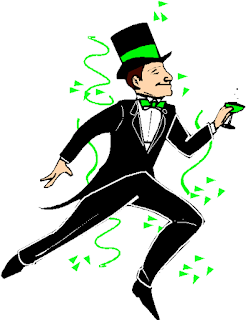Rebirth of Indian English: Defeating the Moral Policing ( Study on the History of the Indian English : Academic and Social Engagement )
Rebirth of Indian English: Overcoming Moral Policing
 The evolution of Indian English has been a rich and dynamic journey shaped by centuries of social and political changes. As a language born of colonial influence, English in India has adapted and thrived, evolving into a unique dialect—Indian English—that represents a distinct linguistic and cultural identity. This study aims to explore the history of Indian English, examining how it has developed, been challenged, and ultimately reborn as a tool for both academic and social engagement.Read More Indian English
The evolution of Indian English has been a rich and dynamic journey shaped by centuries of social and political changes. As a language born of colonial influence, English in India has adapted and thrived, evolving into a unique dialect—Indian English—that represents a distinct linguistic and cultural identity. This study aims to explore the history of Indian English, examining how it has developed, been challenged, and ultimately reborn as a tool for both academic and social engagement.Read More Indian English
Colonial Influence and the Early Role of English
India's colonial period (early 19th century–1947) solidified English as a central language of administration, governance, and education. Although originally imposed, English provided a neutral language amidst India's linguistic diversity, bridging various regional languages such as Hindi, Bengali, Tamil, and Telugu. This bilingual environment, established in the 1950s, furthered the role of English as a unifying language in a multilingual country.
Indian English Emerges as a Distinctive Dialect
With increasing use, Indian English began to diverge from British English, incorporating unique expressions, syntax, and phonological traits. Some of these differences reflect the influence of local languages, leading to specific features in Indian English:Read More Indian English
- Phonology: Indian English often includes stress placement, consonant cluster modifications (e.g., “school” becomes “ischool”), and rhotic pronunciation (pronouncing the “r” sound).
- Grammar: Variations include the continuous “-ing” form for actions over time and maintaining native sentence structure when posing questions.
As Prof. Randolph Quirk and linguist R.K. Bansal note, these distinctions affirm Indian English as a legitimate dialect of Standard English, while the phenomenon of code-switching enriches both Indian languages and English with shared vocabulary.
Cultural Reclamation Amidst Moral Policing
Post-independence, concerns over preserving Indian culture led to debates about the appropriateness of English in education and governance, especially as nationalist sentiments promoted Hindi and other regional languages. This led to episodes of “moral policing,” with politicians and cultural purists urging the exclusive use of native languages to safeguard Indian values.
However, Indian English has proven resilient. It has embraced “Indianness,” incorporating words like avatar and catamaran, which have since become mainstream in global English. English remains a dominant language in India, essential for business, education, and international communication.
The Future of Indian English: Challenges and Opportunities
Indian English continues to flourish, balancing respect for local languages with the global reach of English. Digital platforms under the Digital India initiative have expanded access to English learning, especially in rural areas. Yet challenges persist:
- Educational Accessibility: With digital education on the rise, enhancing access to English resources and improving English proficiency across socio-economic backgrounds remains critical.
- Social Engagement and Identity: As a vehicle for expressing Indian cultural narratives, Indian English will need to navigate the balancing act between embracing global language standards and celebrating unique cultural identities.
- Potential for Growth: Indian English could experience greater global recognition as regional Indian dialects and expressions are integrated into broader English usage.Read More Indian English
Conclusion
The study of Indian English highlights the language’s evolution from colonial influence to a powerful tool for self-expression and social unity. Indian English has withstood waves of change, overcoming moral policing to establish itself as a valued dialect. By embracing the complexities of Indian English and advocating for its place in academia and society, we can foster an inclusive language culture that honors the richness of India’s linguistic heritage while engaging with the world. Read More Indian English

Comments
Post a Comment
Drop any query, suggestion or comment here.